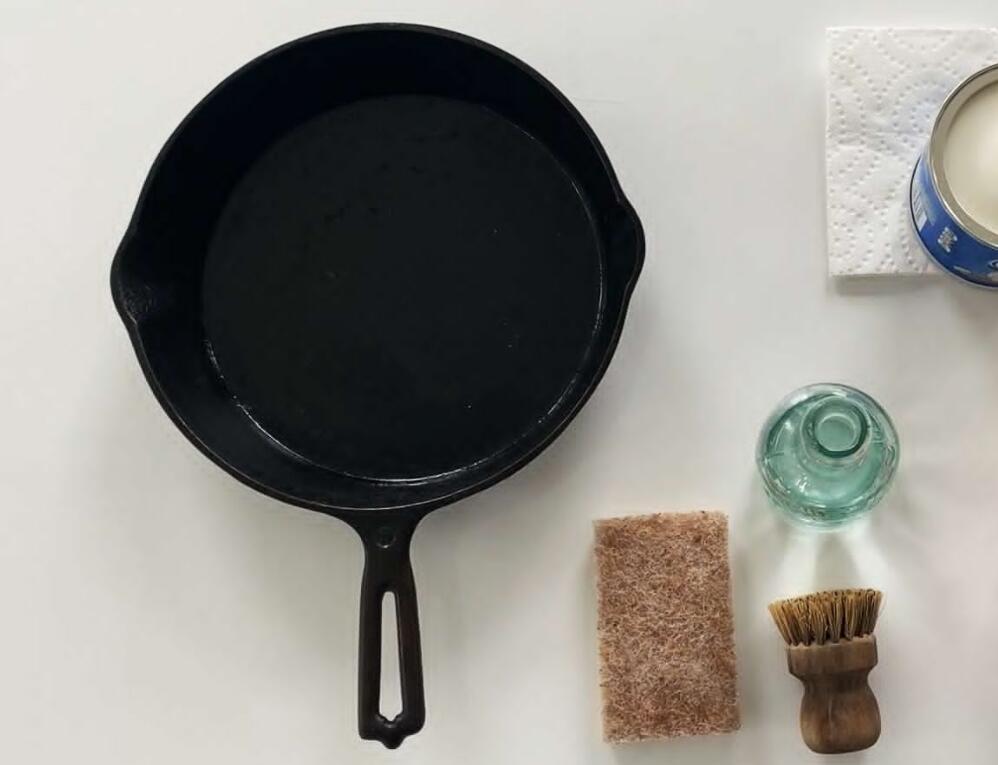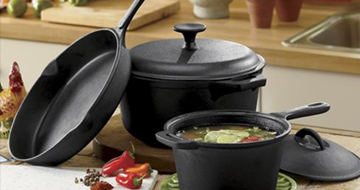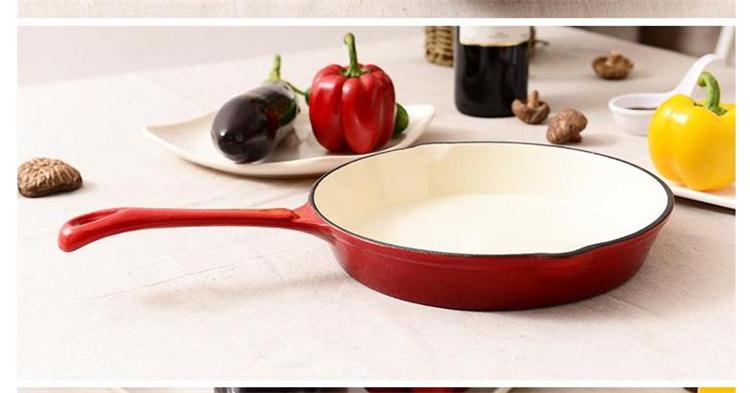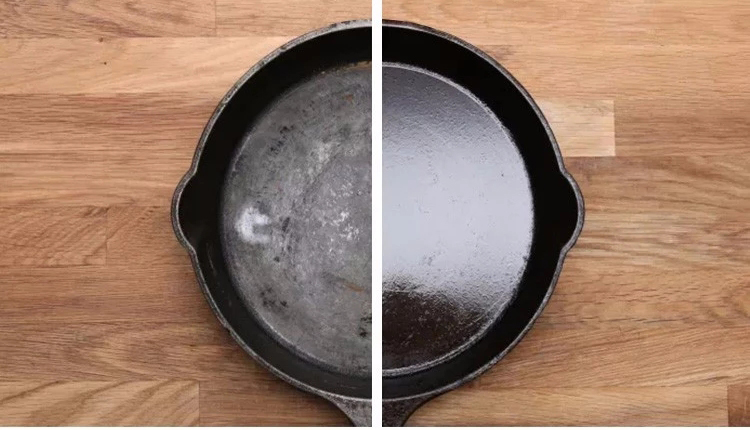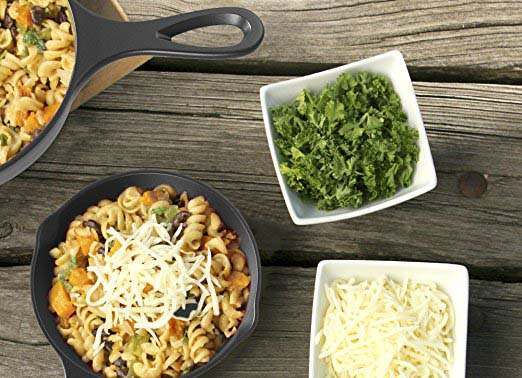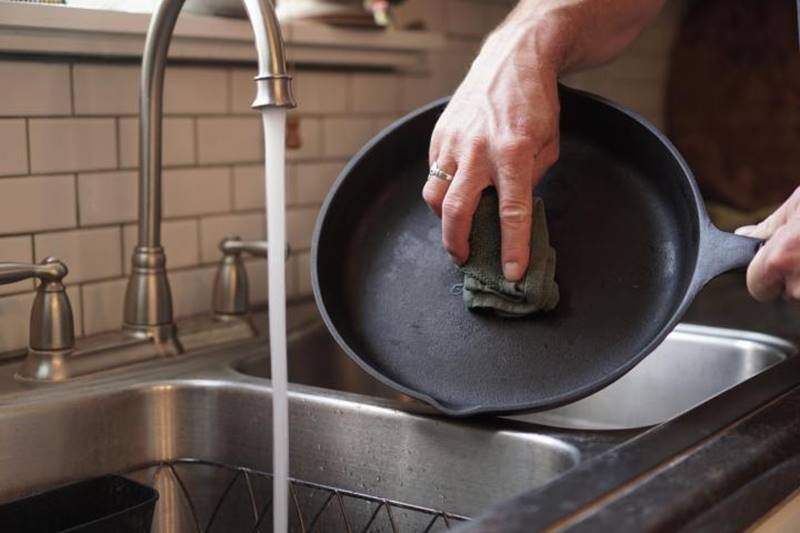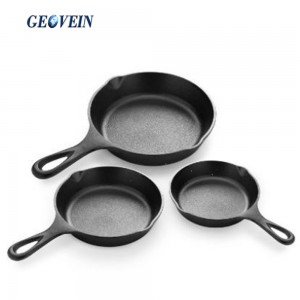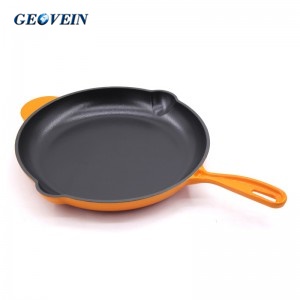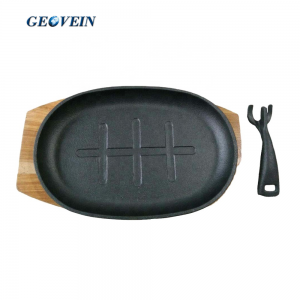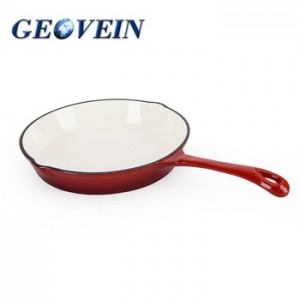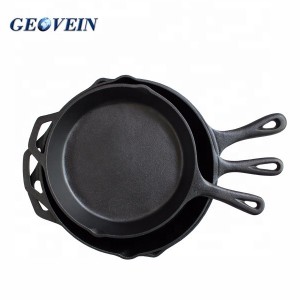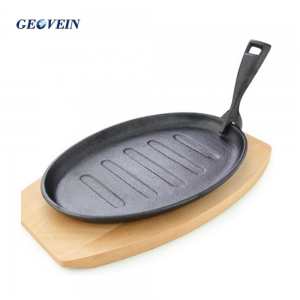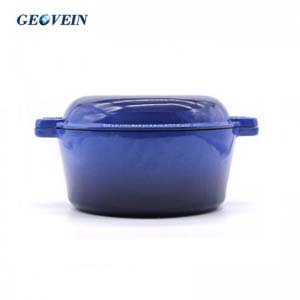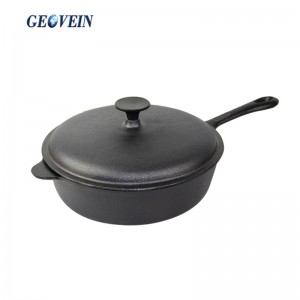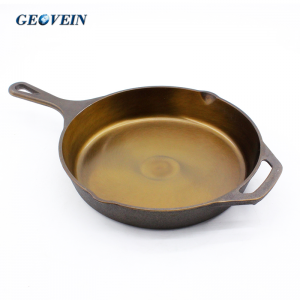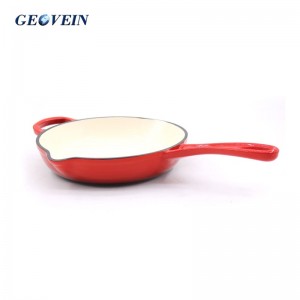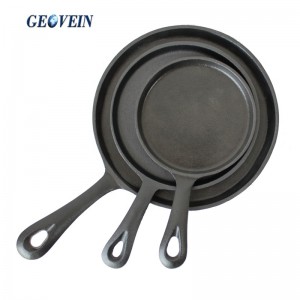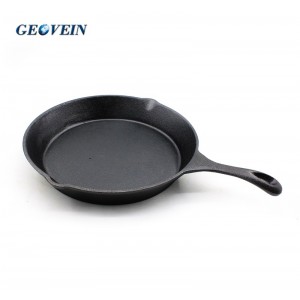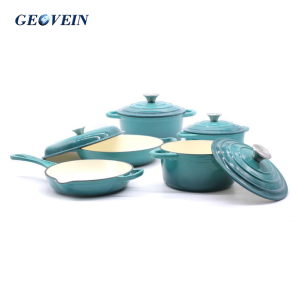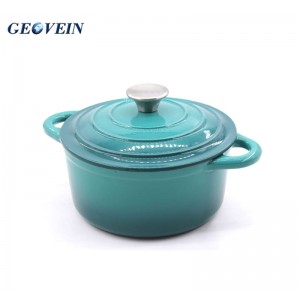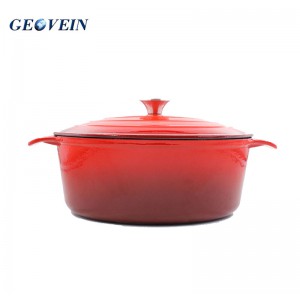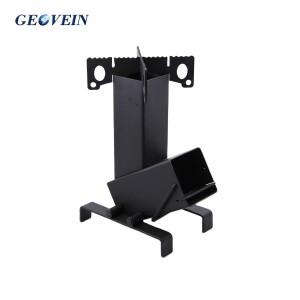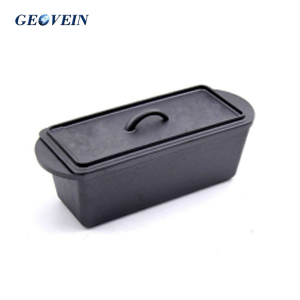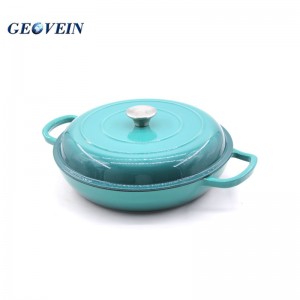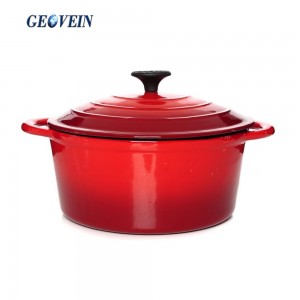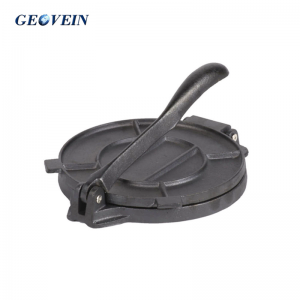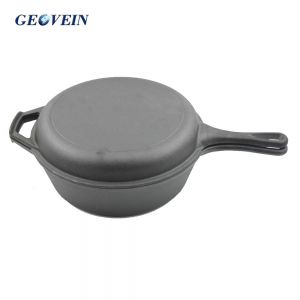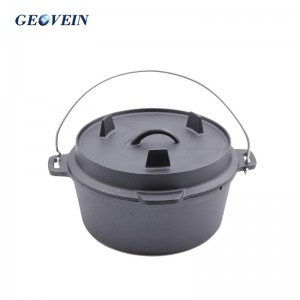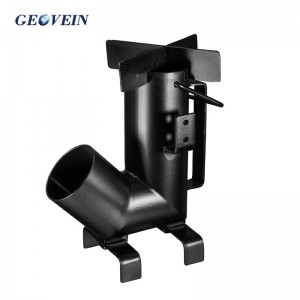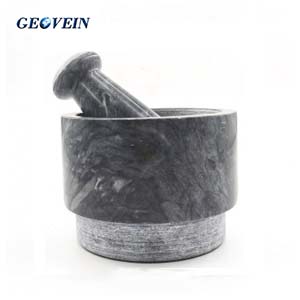cast iron skillets have exceptional heat retention, a naturally nonstick surface, and unbeatable durability and value. Cast iron is virtually indestructible and is easily restored if mistreated. So cleaning a cast iron pan is easy! No dishwashers! A clean, well seasoned creates a rust-resistant, nonstick surface. Properly cared for, this durable skillet will just keep getting better with age. Here's how to take care of a cast-iron skillet.
first, we'll teach you how to clean Lodge cast iron in three simple steps.
3-Step Cast Iron Cleaning Method
Step 1
Wash your cast iron cookware by hand. You can use a small amount of soap. If needed, use a pan scraper for stuck-on food. For stubborn, stuck-on food, simmer a little water for 3-5 minutes, then use the scraper after the pan has cooled.
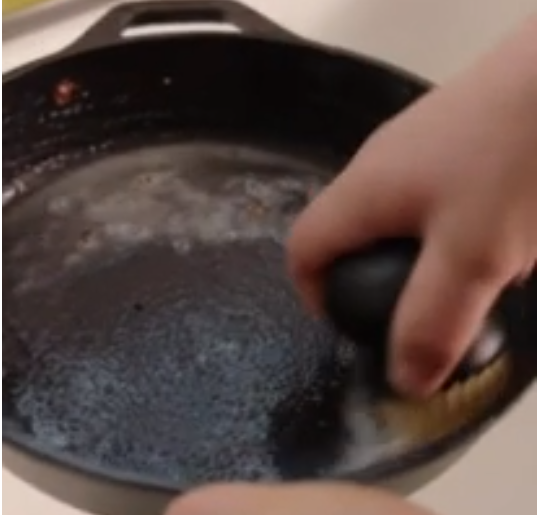
Step 2
Dry promptly and thoroughly with a lint-free cloth or paper towel. If you notice a little black residue on your towel, it's just seasoning and is perfectly normal.
Step 3
Rub a very light layer of cooking oil or Seasoning Spray onto the surface of your cookware. Use a paper towel to wipe the surface until no oil residue remains.
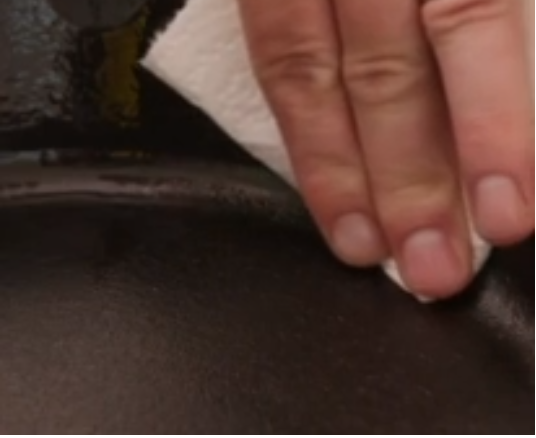
how to clean a rusty cast iron skillet
Our cast iron cookware is made of a mix of pig iron, steel, and alloys. Over the lifetime of a cast-iron skillet, you’ll usually just need to maintain or touch up its seasoning. But if the seasoning becomes very dull or damaged or if the pan badly rusts, you’ll need to give it an overhaul. Without the protective layer of carbonized oil called seasoning, cast iron is susceptible to rust. Even a well-seasoned pan can rust if it's left in the sink to soak, put in the dishwasher, allowed to air dry, or stored in a moisture-prone environment.
If all you have is a little surface rust, First, try steel wool and soap. Give it a good thorough scrub to remove crusty residue and traces of rust, and get it back to a level surface.
But for cast iron with a thick layer of rust, you'll need to remove the seasoning entirely. To do so, submerge your entire pan in a mixture of equal parts white vinegar and water. Allow the pan to soak, checking on it frequently to see if the rust has been removed (this could take up to eight hours). It is important that you remove your pan as soon as the rust is gone, or else the vinegar could cause irreversible pitting.
Once your pan is all clean, immediately dry it with a clean dish towel or paper towels to prevent any future rusting. You can even place the pan on the stove over low heat to help all the moisture evaporate.
This step or The vinegar will strip your pan of its seasoning, but that's okay because we're preparing to re-season the pan.
why season cast iron skillet
When fat or cooking oil is heated to its smoke point in cast iron, its fatty acids oxidize and reorganize (or “polymerize”) into a new plastic-like layer of molecules. This layer becomes trapped within the pitted surface of the pan and bonds to the metal itself, creating the slick coating known as seasoning. Repeated exposure to smoking hot oil continues to build on this coating, making it more slippery and durable. That’s why even though most skillets these days come with factory seasoning, the surface will become even more nonstick with repeated use.
how to season or re-season a cast-iron skillet
What You Need
Materials
Dish soap
Sponge or stiff brush
Clean, dry cloths or paper towels
Vegetable oil or shortening (or other oil of your choice)
Aluminum foil
Instructions
Get ready: Gather your supplies and then preheat the oven to 350°F.
Wash the skillet: Wash the skillet with warm, soapy water and a sponge or stiff brush. Cast iron should not normally be washed with soap, but it’s fine here since the pan is about to be seasoned.
Rinse and dry: Rinse and thoroughly dry the skillet with a clean, dry cloth or paper towels.
Add oil: Pour a little vegetable oil or melted shortening into the skillet. A tablespoon or two is plenty. Vegetable oil and shortening are the most commonly recommended oils used for seasoning, you can use any oil of your choice.
Rub: Use a clean cloth or paper towel to rub the coat around the entire skillet.
Flip the skillet over: Don’t forget the outside — and bottom — of the skillet. You want a thin coat of oil around the entire piece.
Bake the skillet: Place the skillet upside down on the oven’s center rack. Place a sheet of aluminum foil below the rack to catch any drips. Bake for an hour.
Let the skillet cool: Turn off the heat and allow the skillet to cool completely before removing it from the oven. Once it’s cooled down, you’re good to go!

